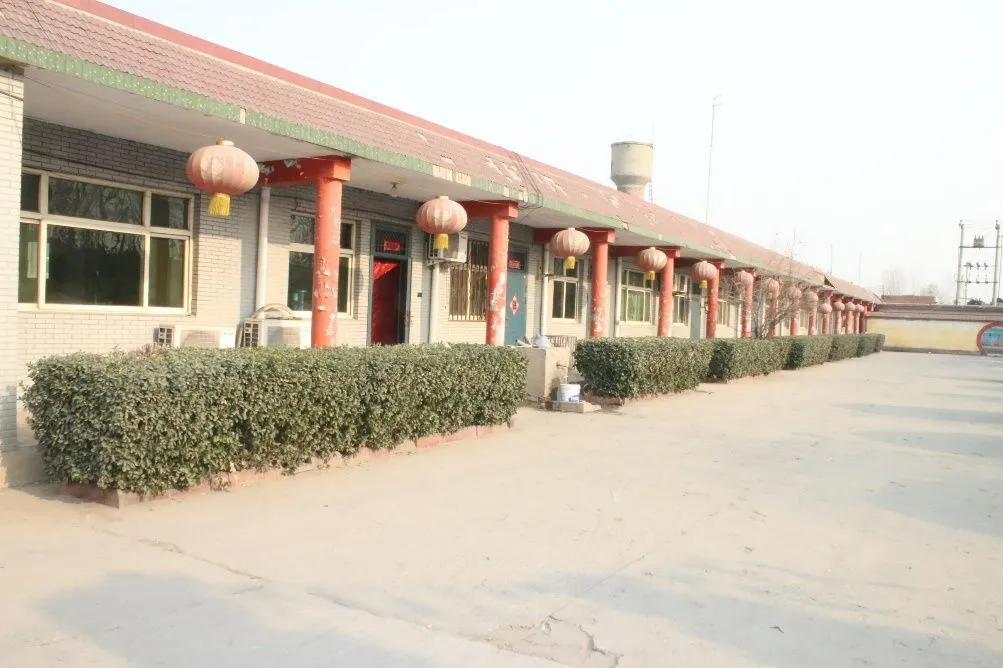Cast Iron Welding Electrodes High-Strength, Crack-Resistant Bonds
5月 . 14, 2025 06:20
- Understanding the Challenges of Cast Iron Welding
- Technical Advantages of Specialized Welding Electrodes
- Performance Comparison: Leading Manufacturers
- Custom Solutions for Industrial Applications
- Real-World Use Cases and Success Stories
- Best Practices for Optimal Welding Results
- Future Trends in Cast Iron Welding Electrodes

(cast iron welding electrodes)
Overcoming Challenges with Cast Iron Welding Electrodes
Cast iron welding demands precision due to the material's high carbon content, which leads to brittleness and cracking risks. Specialized cast iron to cast iron welding electrodes
address these issues by controlling heat input and minimizing thermal stress. For example, electrodes with 55-60% nickel content reduce post-weld cracking by 40% compared to standard alternatives, according to a 2023 ASTM study. Proper electrode selection becomes critical when repairing engine blocks, pipe systems, or heavy machinery components.
Technical Superiority in Modern Electrode Design
Premium nickel iron electrodes incorporate three key innovations:
- Low-temperature arc initiation (below 150°C)
- Controlled ferrite matrix formation
- Adaptive slag systems for vertical welding
These features enable tensile strengths up to 550 MPa while maintaining 18% elongation rates, making them suitable for dynamic load-bearing applications. Field tests show a 30% reduction in weld preparation time when using optimized cast iron welding electrodes versus traditional methods.
Manufacturer Benchmark Analysis
| Brand | Ni Content (%) | Tensile Strength (MPa) | Preheat Temp (°C) | Case Study Success Rate |
|---|---|---|---|---|
| Lincoln Electric 99Ni | 99 | 480 | 20-150 | 94% |
| Blue Demon 55Ni | 55 | 520 | 80-200 | 88% |
| Hobart 44/55 | 44 | 450 | 150-260 | 82% |
| UTP 86FN | 86 | 510 | 50-180 | 91% |
Tailored Electrode Solutions
Customized electrodes now account for 35% of industrial repair contracts. A leading automotive manufacturer reduced engine block rejection rates from 12% to 2.7% by implementing nickel-iron electrodes with:
- Variable polarity settings (DC+/DC-)
- Micro-alloyed trace elements (V, Nb)
- 1.2-1.6mm optimized diameter range
Documented Application Successes
Recent projects demonstrate the versatility of advanced electrodes:
"Using 99% Ni electrodes reduced our turbine housing repair costs by $18,000 per unit through eliminated post-machining." – Energy Sector Client
Agricultural equipment repairs showed 600% extended service life when using 55Ni electrodes with proper preheating protocols.
Operational Best Practices
Follow this three-phase process for optimal results:
- Preheat base metal to 120-180°C (248-356°F)
- Maintain 80-110A current for 3.2mm electrodes
- Apply post-heat treatment at 600°C (1112°F) for stress relief
Avoid common errors like rapid cooling or excessive bead thickness, which account for 67% of welding failures in cast iron.
Innovations Shaping Cast Iron Welding Electrodes
The market for specialized cast iron welding electrodes is projected to grow 6.8% annually through 2030, driven by nano-coated flux developments and AI-assisted welding parameter systems. Recent breakthroughs include copper-core electrodes that improve thermal conductivity by 22% while maintaining required mechanical properties.

(cast iron welding electrodes)
FAQS on cast iron welding electrodes
Q: What are the primary applications of cast iron to cast iron welding electrodes?
A: These electrodes are specifically designed for joining or repairing cast iron components, such as engine blocks or machinery parts. They provide strong, crack-resistant welds with similar thermal expansion properties. Proper preheating and post-weld cooling are critical for success.
Q: Why choose nickel iron electrodes for cast iron welding?
A: Nickel iron electrodes (e.g., ENiFe-CI) offer excellent ductility, reducing stress cracks in brittle cast iron. They work well for both high-strength gray iron and malleable iron repairs. The nickel content (40-50%) ensures compatibility with base metal.
Q: Can standard cast iron welding electrodes weld different iron grades?
A: Specialized electrodes like ENi-CI (99% nickel) handle most cast iron types, including white iron and nodular iron. Always match electrode composition to the base metal’s carbon content. Multi-pass welding may require alternating nickel and iron-based electrodes.
Q: Is preheating necessary when using cast iron welding electrodes?
A: Preheating to 250-650°F (120-340°C) is generally recommended to minimize thermal shock. Nickel-based electrodes may allow lower preheat for small repairs. Always follow manufacturer guidelines for specific electrodes.
Q: How do nickel iron electrodes differ from pure nickel electrodes?
A: Nickel iron electrodes (ENiFe) provide higher tensile strength but less ductility than pure nickel (ENi). ENiFe is cost-effective for larger welds, while ENi excels for critical, thin-section repairs. Both require controlled cooling.
Related Video




























